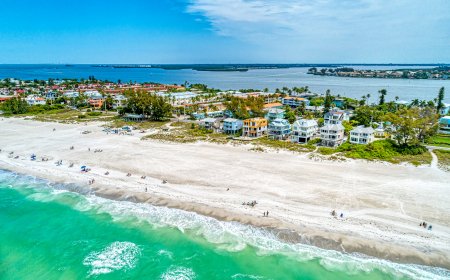Fort Michelangelo in Civitavecchia, Italy
The construction of this imposing fortress commissioned Pope Julius II bears the hallmarks of some of Italy's most storied architects and artists. Donato Bramante initiated construction, while the outer ring with four towers was completed in 1535, by which time the incumbent Pope was Paulus II de Farnese. It was intended to protect the port and town of Civitavecchia, Italy from attacks by pirates during the period that it was part of the Papal States. The later elevated section of the fort was designed by the famous Renaissance artist Michelangelo di Lodovico Buonarroti Simoni, for whom the fort is named. Today the fort is the headquarters of the Captaincy of the Port and is a military zone. The outer walls and surrounding land have recently been renovated and now form an attractive walkway with decorative "moats" and sculptures, with the fort as an impressive historic backdrop. On weekends, the interior courtyard is open to the public. A few antique cannons are scattered throughout and there is a small, attractive chapel to Santa Fermina, the patron saint of the city. There is reputed to be a secret tunnel leading from within the fort to to the inside of the old town walls.


The construction of this imposing fortress commissioned Pope Julius II bears the hallmarks of some of Italy's most storied architects and artists. Donato Bramante initiated construction, while the outer ring with four towers was completed in 1535, by which time the incumbent Pope was Paulus II de Farnese. It was intended to protect the port and town of Civitavecchia, Italy from attacks by pirates during the period that it was part of the Papal States.
The later elevated section of the fort was designed by the famous Renaissance artist Michelangelo di Lodovico Buonarroti Simoni, for whom the fort is named. Today the fort is the headquarters of the Captaincy of the Port and is a military zone. The outer walls and surrounding land have recently been renovated and now form an attractive walkway with decorative "moats" and sculptures, with the fort as an impressive historic backdrop.
On weekends, the interior courtyard is open to the public. A few antique cannons are scattered throughout and there is a small, attractive chapel to Santa Fermina, the patron saint of the city. There is reputed to be a secret tunnel leading from within the fort to to the inside of the old town walls.
What's Your Reaction?























:quality(85):upscale()/2024/01/25/878/n/1922153/f94f61ec65b2bf18018990.47538761_.jpg)

:quality(85):upscale()/2024/01/26/759/n/29590734/b7f6660b65b3e8460d7196.77057039_.jpg)
:quality(85):upscale()/2024/01/27/741/n/1922153/8d43a26665b533b214de01.38307153_.jpg)








